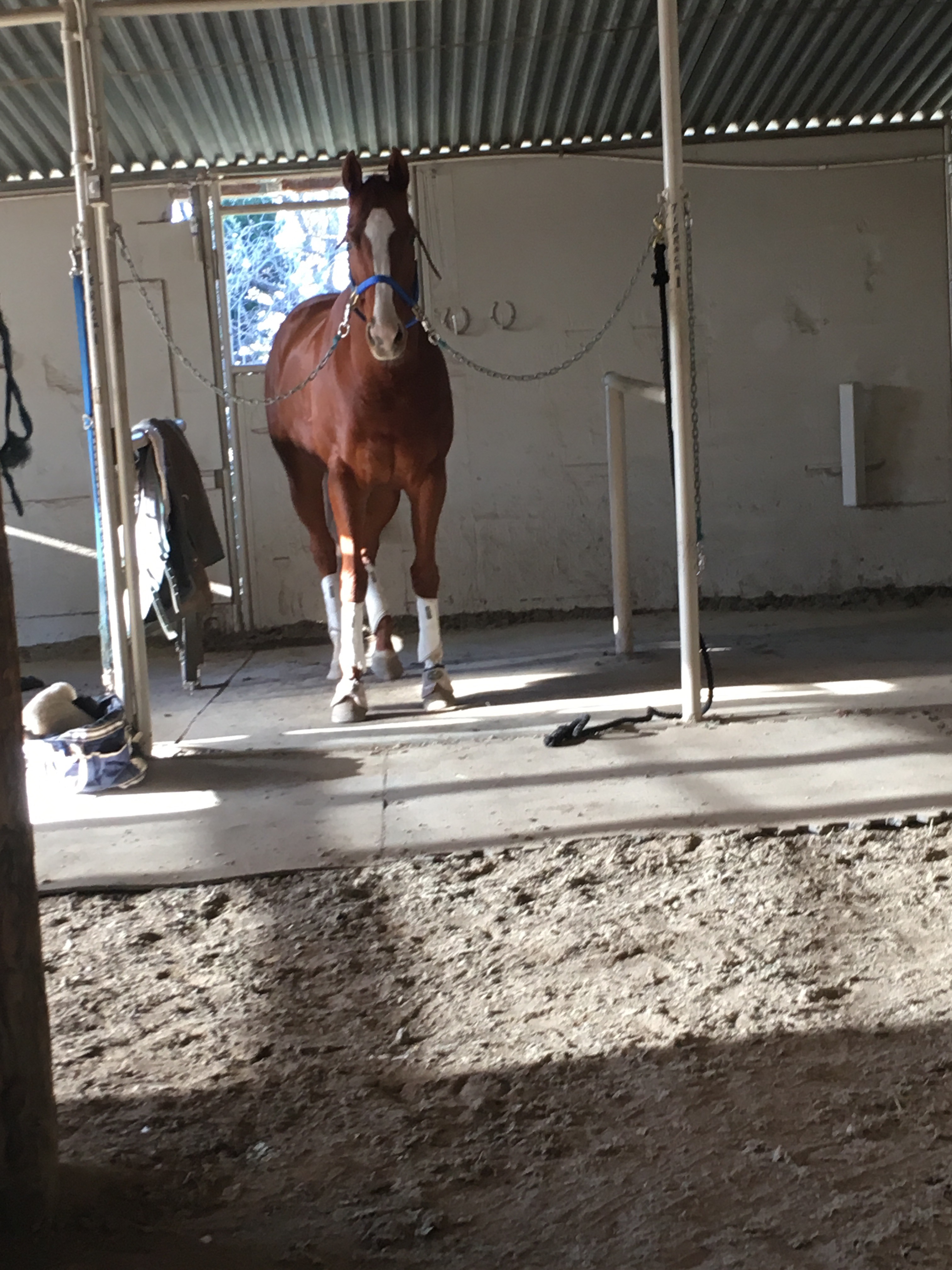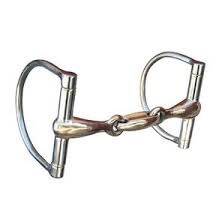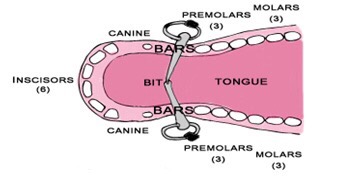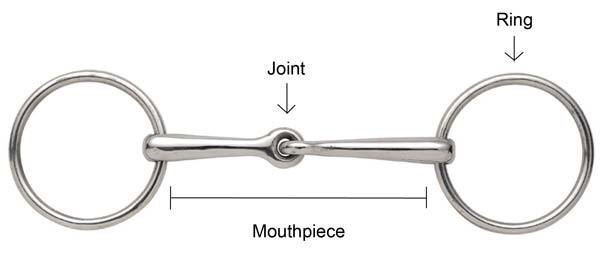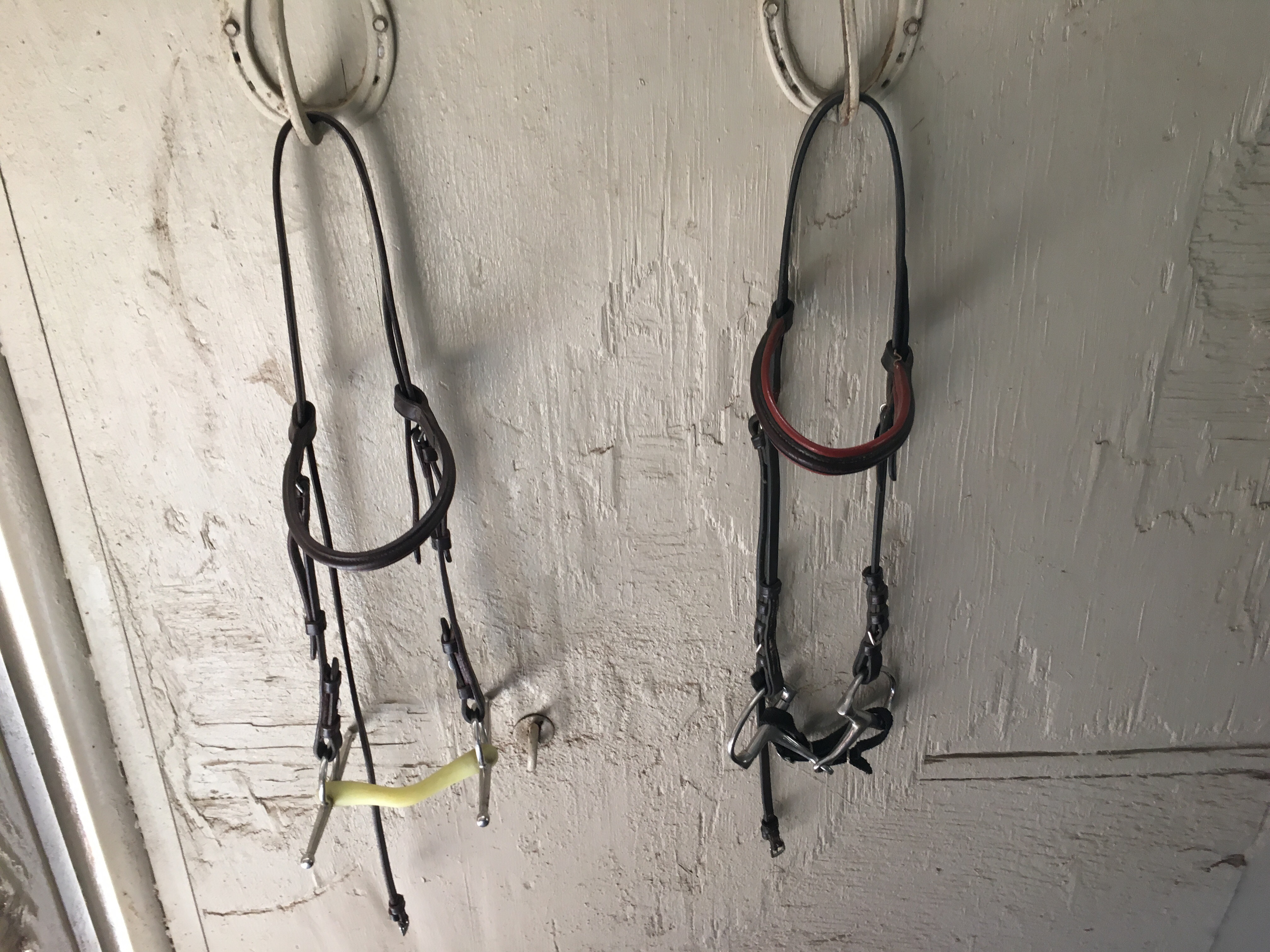I’m writing this because someone needs this advice. I don’t really want to talk about the trouble I have with my crotch and riding in a public setting. So if you don’t want to hear about it, please click somewhere else. I get it, not everyone has had trouble with a painful crotch while riding. If you don’t want to hear about crotches, I’ve got a helpful piece about arm position here that you can read instead.
For those of you who do want to know about the trouble I’ve had with my crotch and riding, the short story is that I’ve had bruising, abrasions, and swelling all in the area where my bathing suit covers. I could get this from just five minutes in a wrong fitting saddle.
I wasn’t always susceptible to these types of injuries. I spent most of my adolescence galloping up and down hills bareback on my shark fin withered thoroughbred. It wasn’t until I was about 28 years old that my saddle first started to hurt me. It was a beloved dressage saddle that I bought when I was 20 years old. I had worked all summer at a sleep away camp to put a down payment on it. It was made of super soft elk and tacky buffalo leather; it put me in a secure position for riding my young horse, and was comfortable enough to ride on the trail.
I was able to solve the problem I had with that saddle and rode without crotch pain for about 10 years. I took a year off riding while I was pregnant, then recovering from childbirth and episiotomy. I was OK for several years, and then at the age of 39, I started having the troubles again.
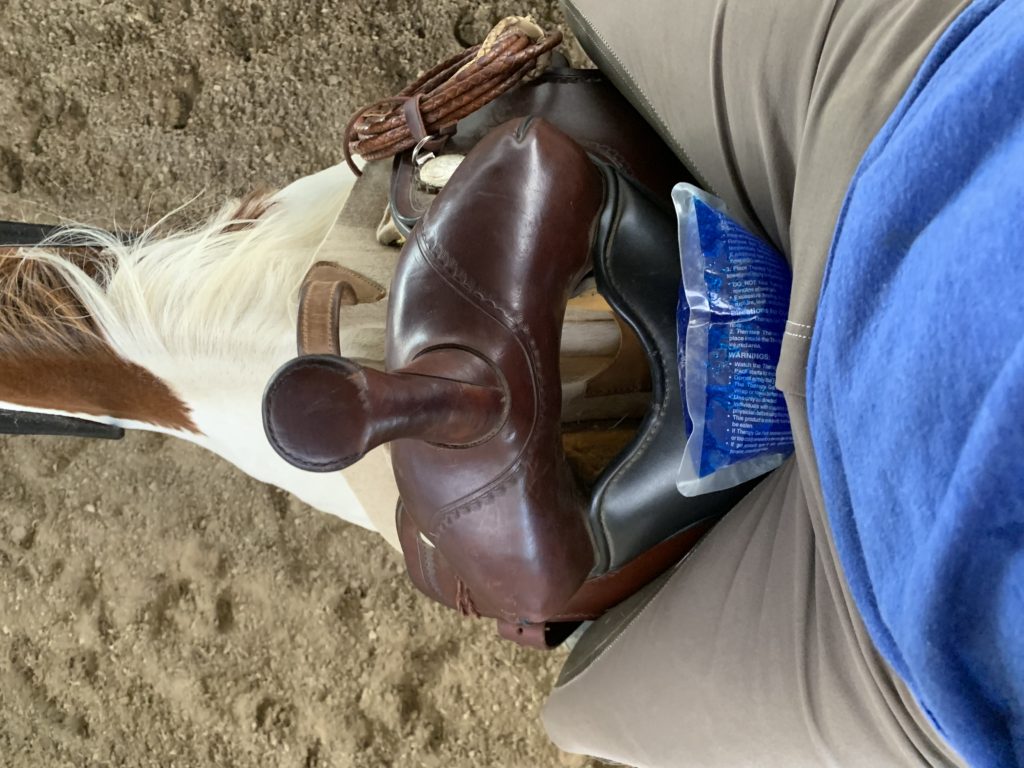
I’ve learned that bodies are constantly changing, sometimes in ways that we don’t even notice. It could be changes in weight, body shape due to age, even hormones play a part.
If you are having trouble with crotch pain in your saddle here are some things that you can do:
- Don’t ride in saddles that hurt you. Duh. But if that’s all you’ve got, there are some things you can do that might help.
- Give yourself time to heal. Any area that interfaces with your saddle that is already compromised will be more likely to cause problems. Before trying any new solution, make sure that you are fully healed in order to give the solution a chance to work.
- Make sure you are sitting straight in the saddle. You can’t do this by yourself, you will need someone with a good eye to make sure you aren’t sitting to the left or right, or riding with one hip in front of the other.
- Make sure your saddle is balanced on your horse. I am more likely to get pain if I ride in a saddle that is low in the front. Sometimes, I will even raise the front of the saddle up more than is correct to get some relief. I’ve heard others have the opposite experience and prefer a saddle that is low in the front.
- Change your stirrup length. A shorter stirrup can help you get out of the saddle more easily and may even help you sit in a bit of a different spot on the saddle.
- Change something else about your stirrups. When I ride in English saddles I sometimes get pain from the stirrup buckles. A quick solution is to pull the buckles down so that they are closer to the stirrup iron. A more elegant solution is to get some single layer leathers that have a loop at the top to attach to the stirrup bar, and a T shaped peg to change the stirrup length. When I ride in Western saddles, putting a Hamley twist in my stirrup leathers helps me to open my hips and sit more on my seat bones, freeing up my crotch.
- Try a seat saver on your saddle. They come in sheepskin, foam, gel, and other materials. This never worked for me and always made my problems worse. But everyone is different and this might be the solution for you.
- Change your underwear. Padded underwear exist, they are marketed for riders, and are similar to bike shorts with a chamois. They didn’t work for me. The first time my crotch turned on me in my 20s riding without underwear gave me a lot of relief. When my crotch turned on me again in my 30s, going back in to underwear helped out. Try wicking sports underwear, or a different cut of underwear.
- Explore skin sensitivities that may have developed. Be nice to your crotch, most doctors say that you shouldn’t use soap on the pink parts, and you definitely shouldn’t douche. Wash your undies and breeches in detergent that is free of dyes and scents. Don’t use fabric softener. Consider using a different type of lube when you have sex. Maybe try a menstrual cup instead of tampons.
- Talk to your OB/GYN about it. You may be going through a different life stage and there are things that can do to help. I’ve been in perimenopause for a while now. (I know I’m young, I’ve always been precocious). I was prescribed an Estrogen cream that helps with improving elasticity and healing abrasions.
- Consider lubing up for riding if friction is a real problem. I was hesitant to put this on the list because I haven’t tried it and I’m not sure exactly how it would work. My OB/GYN (who I’m not sure has ever even seen a horse) suggested I apply olive oil or oil based lubricant to my crotch before I ride. I can’t fathom doing this without creating a big mess, but maybe there is a way?
- Be frank with your saddle fitter about your discomfort. It is literally the job of the saddle fitter to make sure the areas of you that interface with your saddle are comfortable, so speak up when you are in pain. There may be some alterations your saddle fitter can do to help you. If your saddle fitter makes you feel uncomfortable about voicing your pain, or that your pain is unusual, get a different saddle fitter. I had to find a different saddle fitter after my first bout of crotch pain. I’ve been happily riding in Custom Saddlery brand saddles ever since. Not all of the Custom Saddlery saddles work for me, but I’ve had great experiences working with the company to address and solve issues.
- You may need to change saddles. You might need a different model or brand. You may need to go up a seat size, ride in a different tree, use a different block, try a wider or narrower seat, try a wider or narrower twist. If a saddle is being made for you, you can request extra padding in some places, or for the padding to be scooped out of other places. It all can make a difference. If you find a saddle that seems to work for you and your horse, see if you can take it for a trial. I recently had a saddle that my horse loved and I rode in it fine for a day, but was in agony after riding in after three days in a row. If you do riding that doesn’t necessitate a certain style of saddle, you might even switch to something completely different.
If you are having trouble keeping your crotch happy while riding, I deeply sympathize with you. I hope there is a solution on this list that can help you. If you have found a solution that I haven’t listed, please drop me a line and let me know what it is! Remember, everyone is different, and everyone deserves to ride without saddle pain.
Ali Kermeen has been a professional trainer and instructor since 2001. She has competed in several different disciplines and styles, earning year end awards and certifications in most of them. She currently has a Mustang named River that she enjoys competing in Cowboy Dressage (in a western saddle) and Working Equitation (in a dressage saddle).

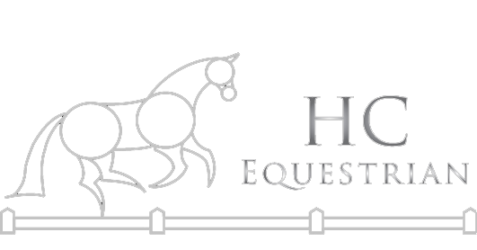


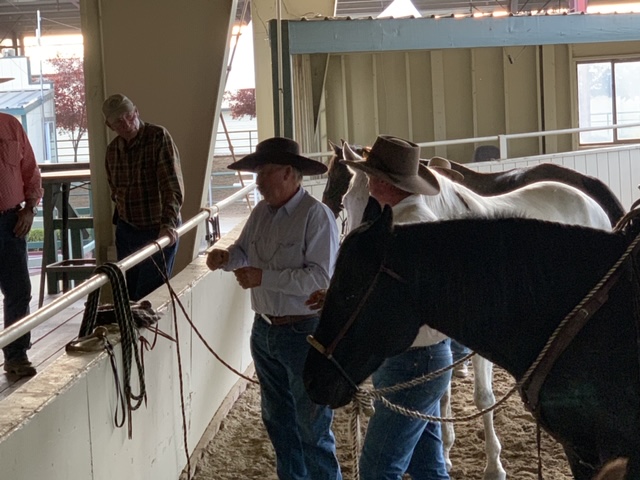
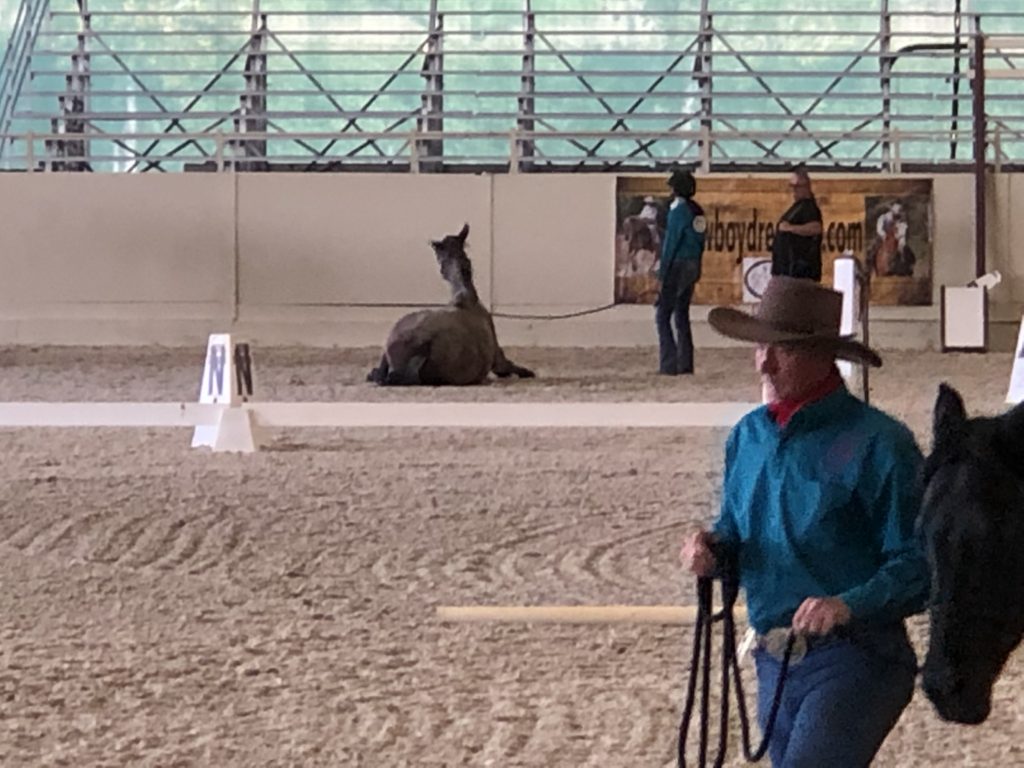
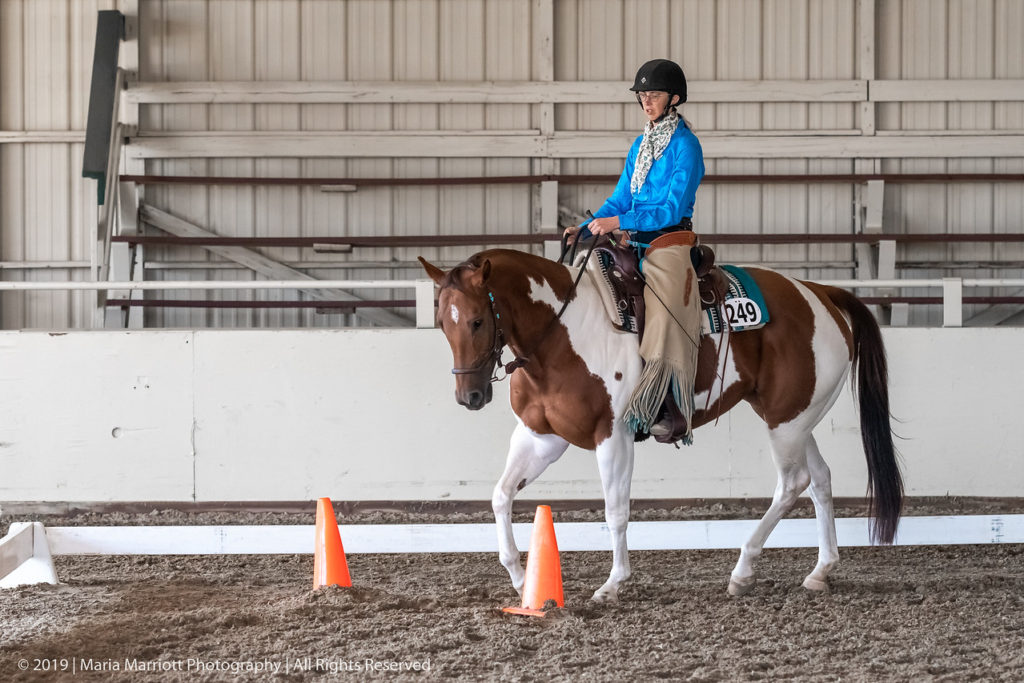
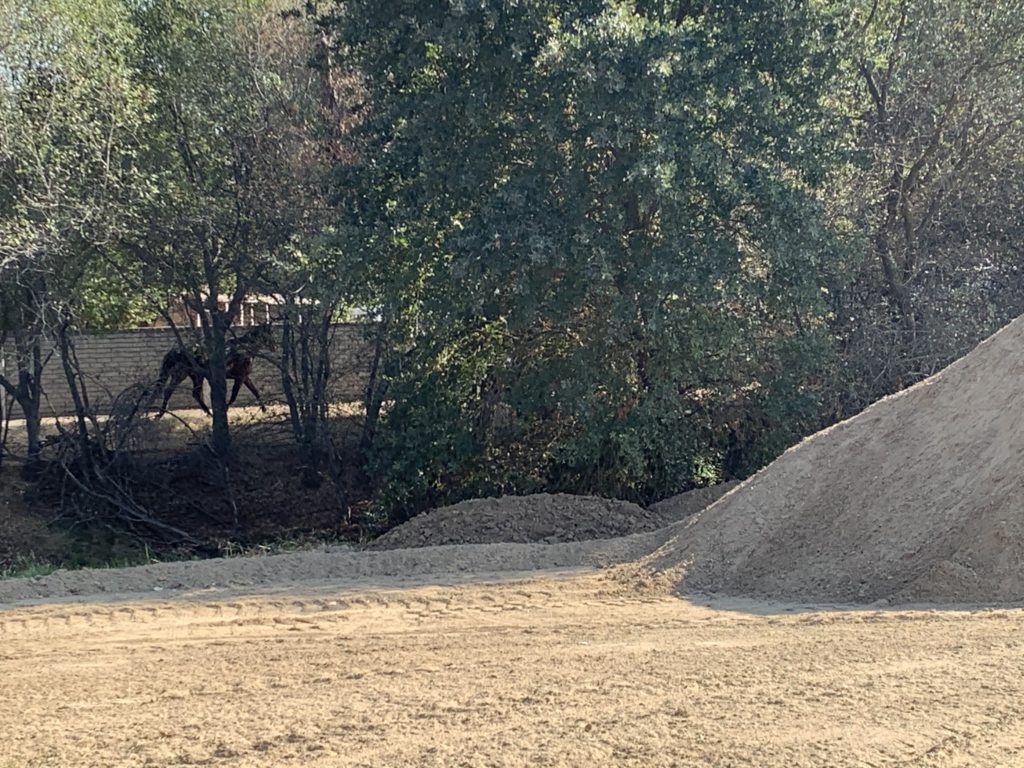
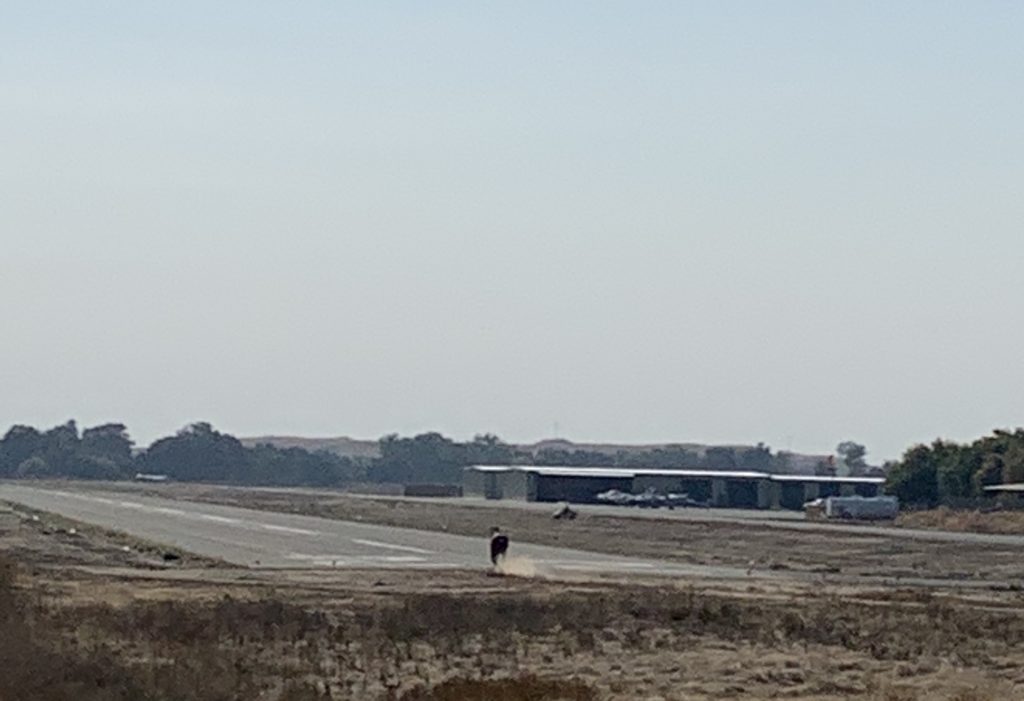
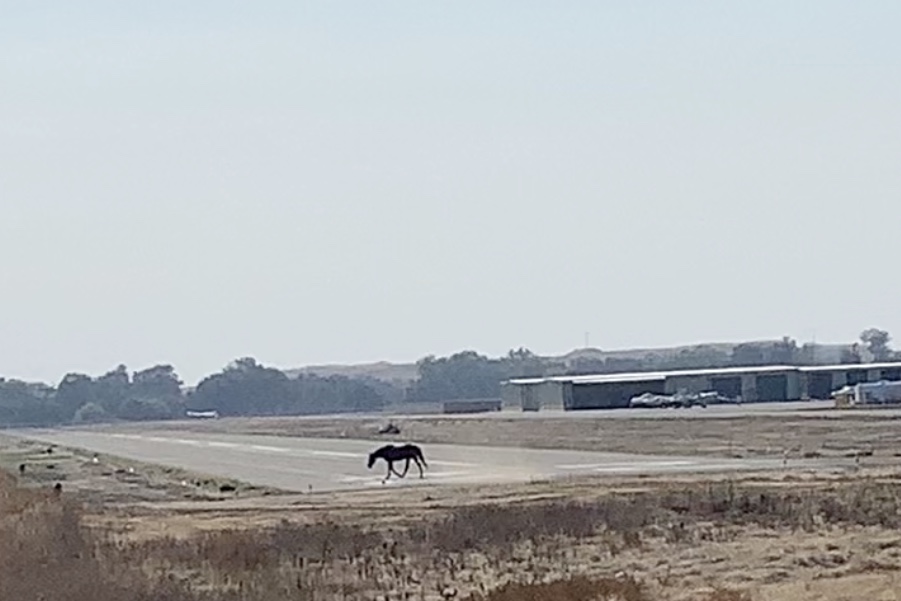

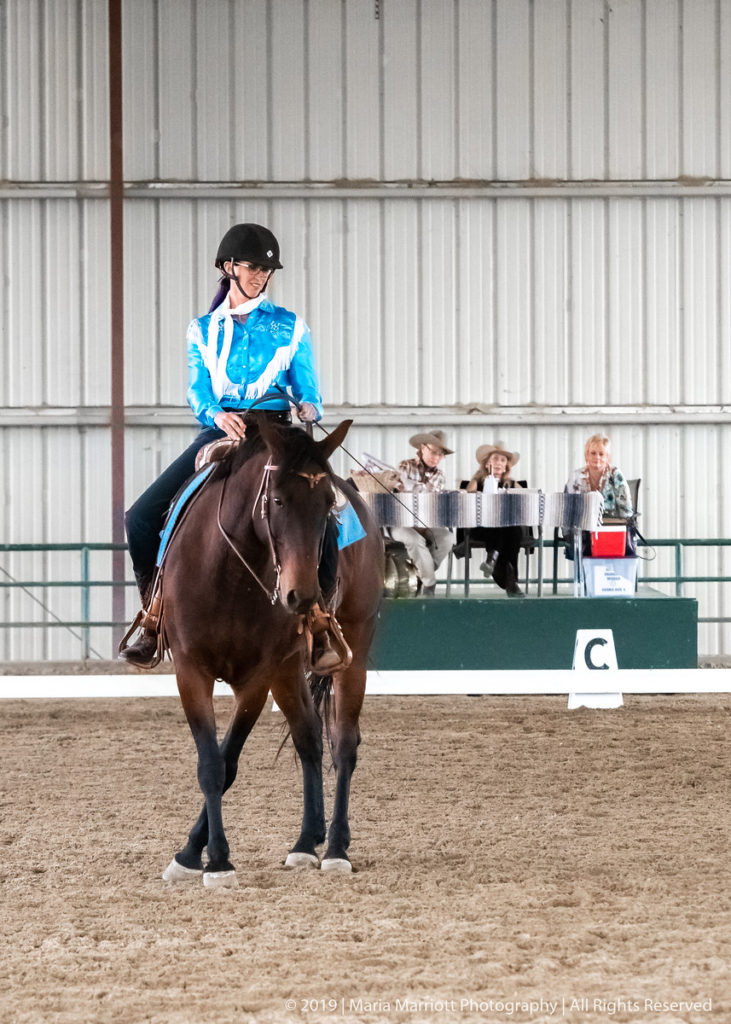
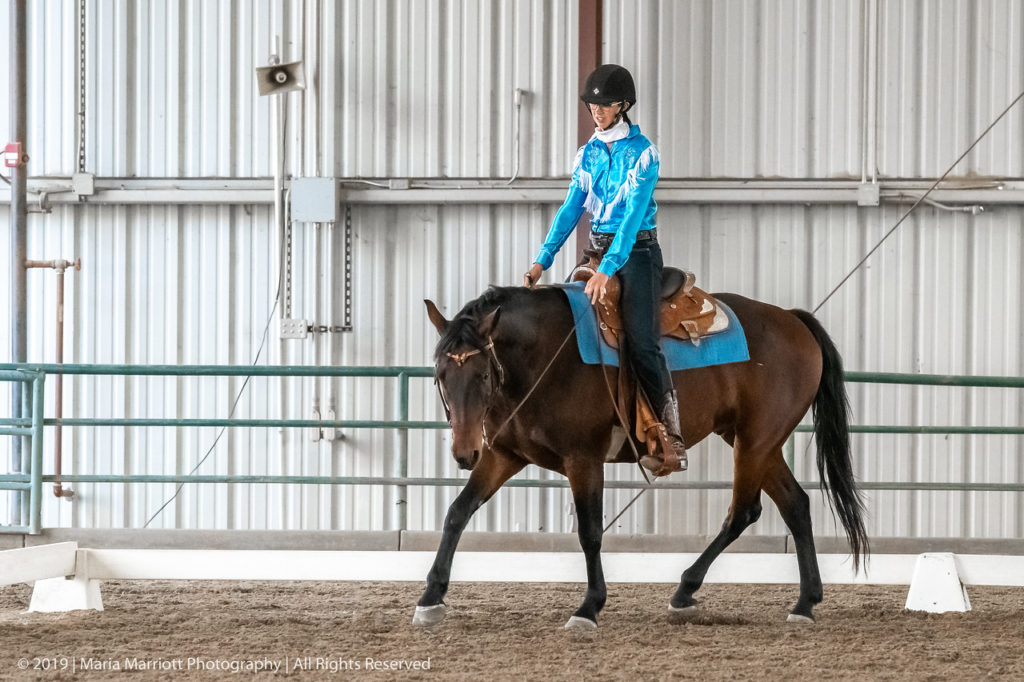
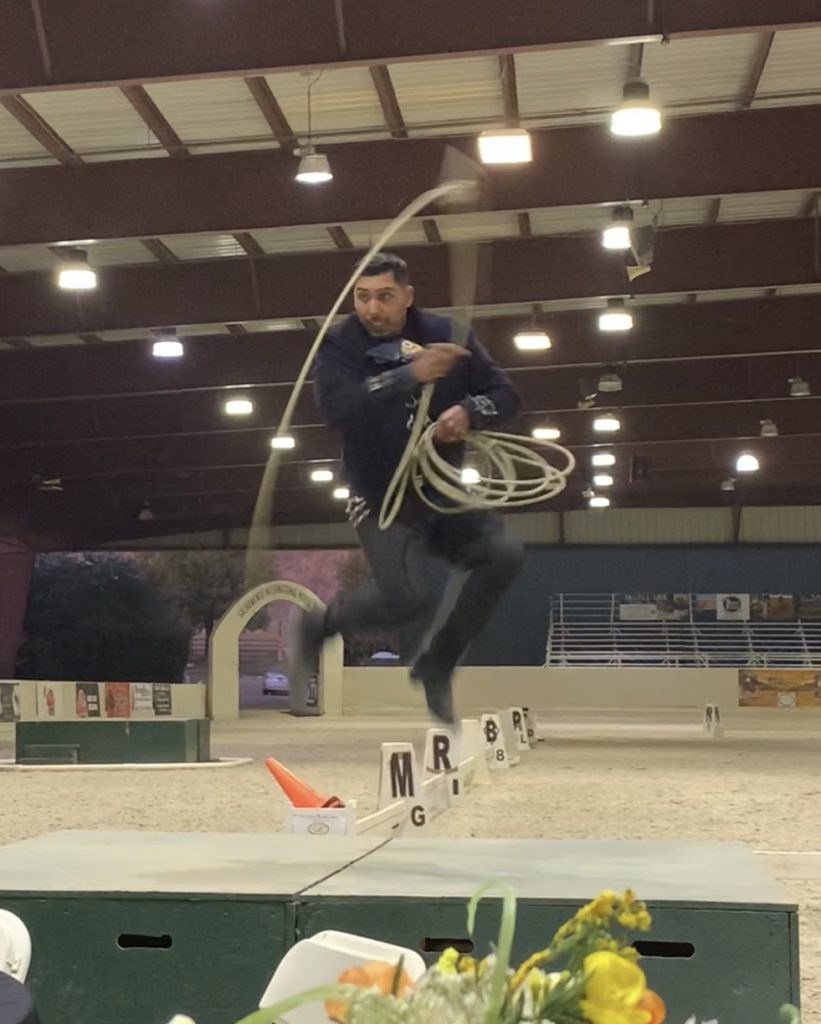
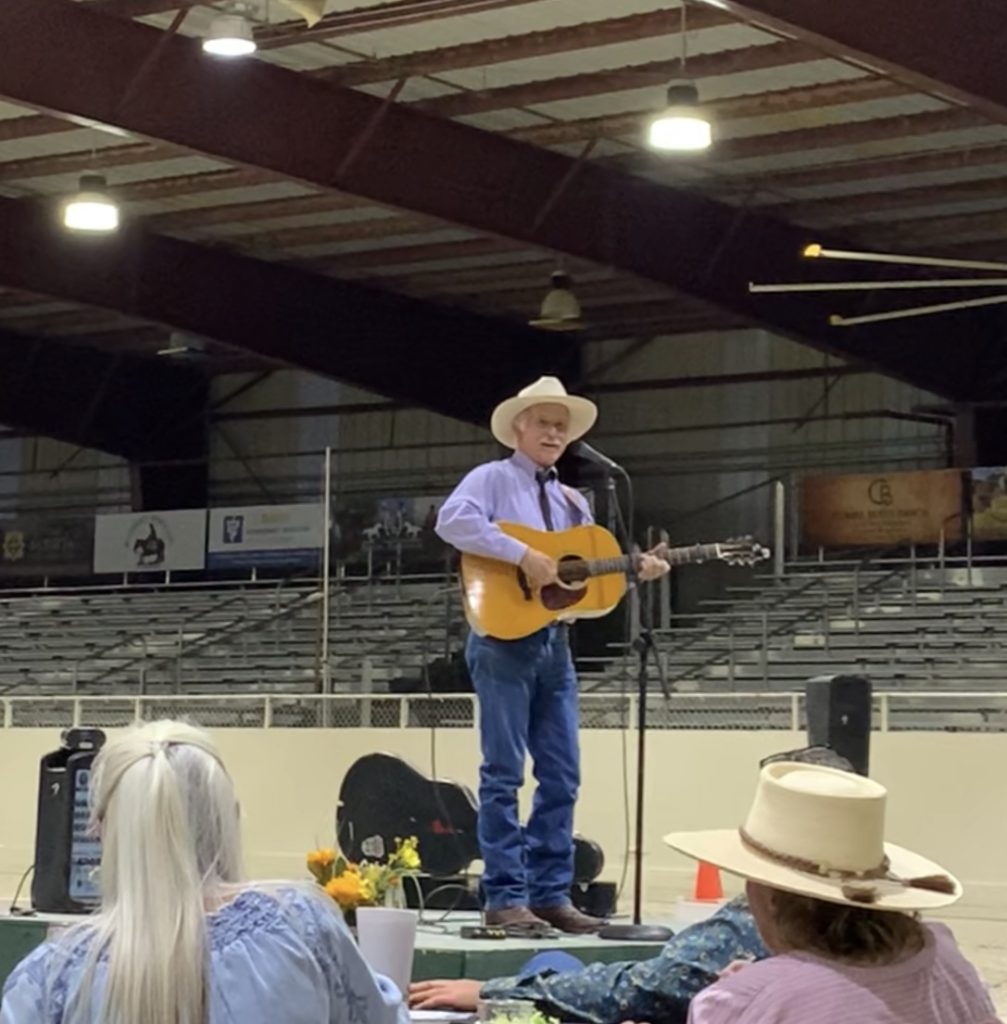
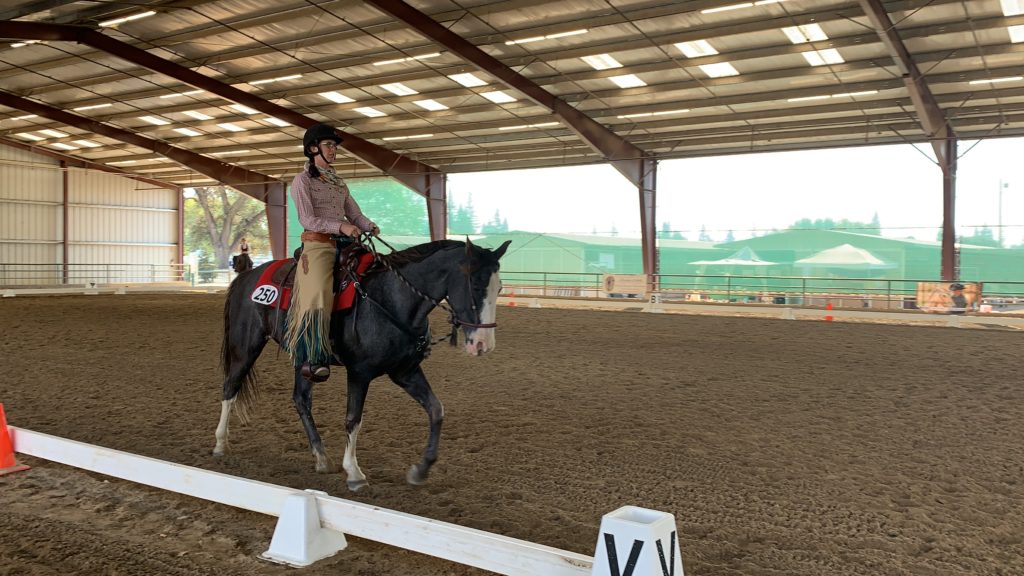


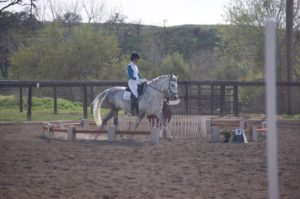
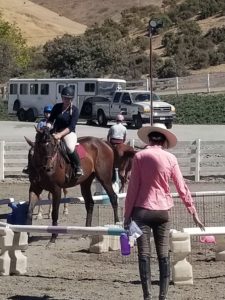
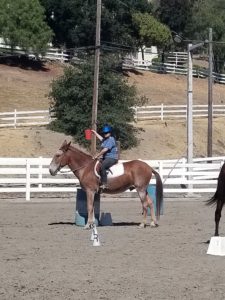

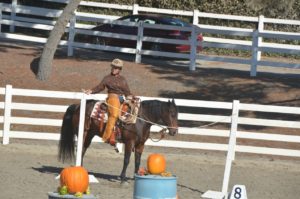
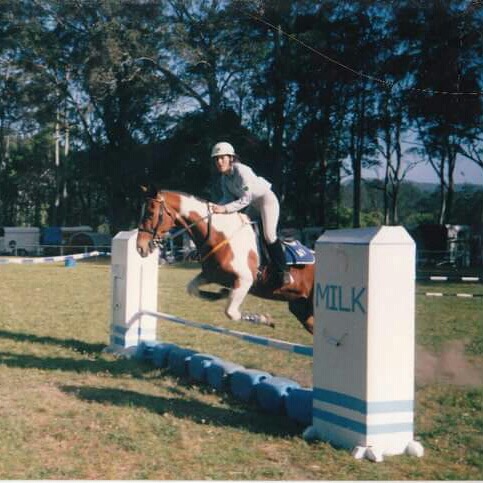
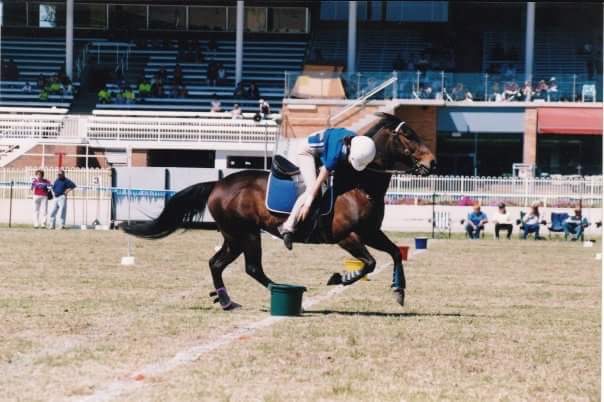


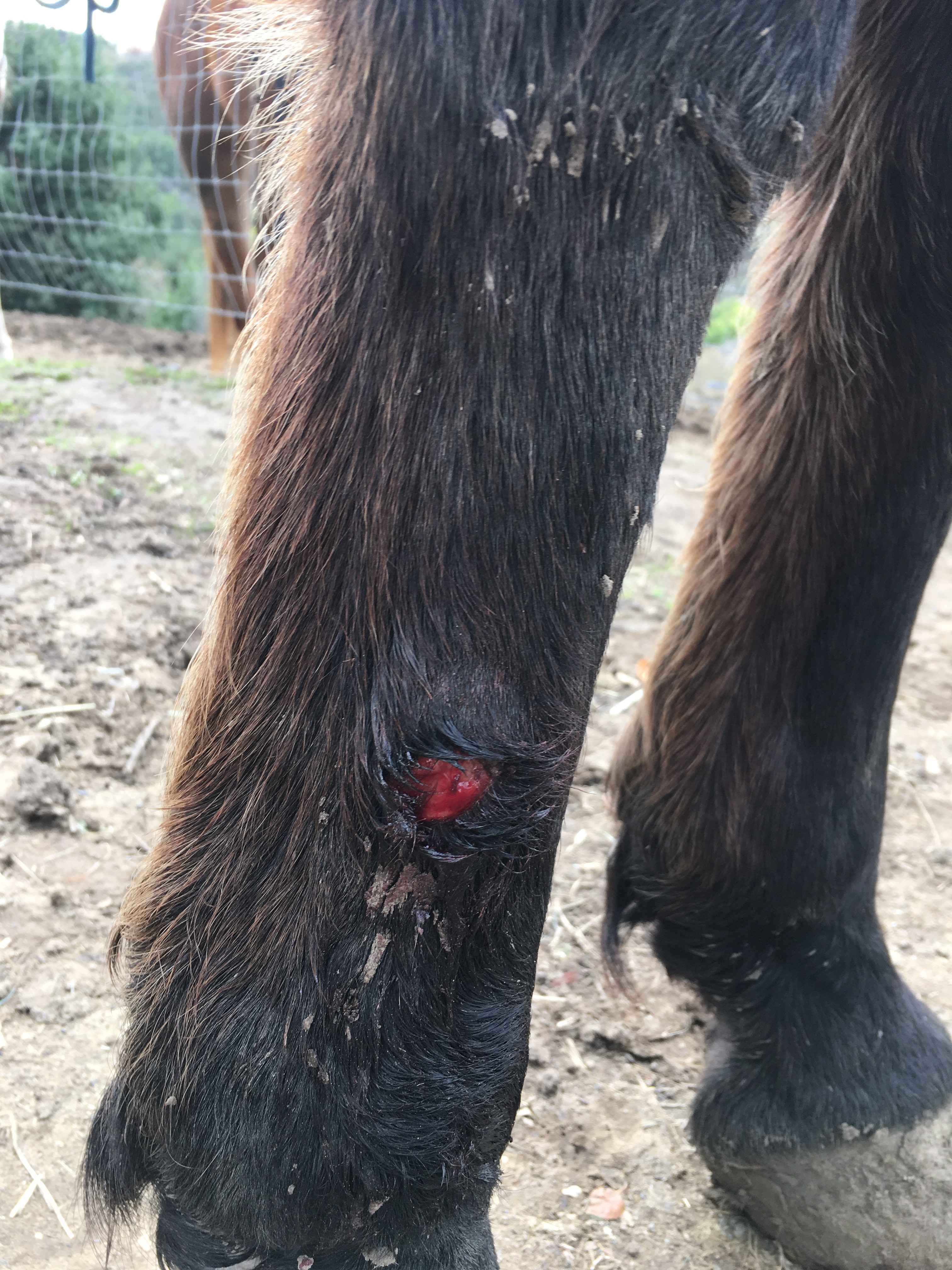
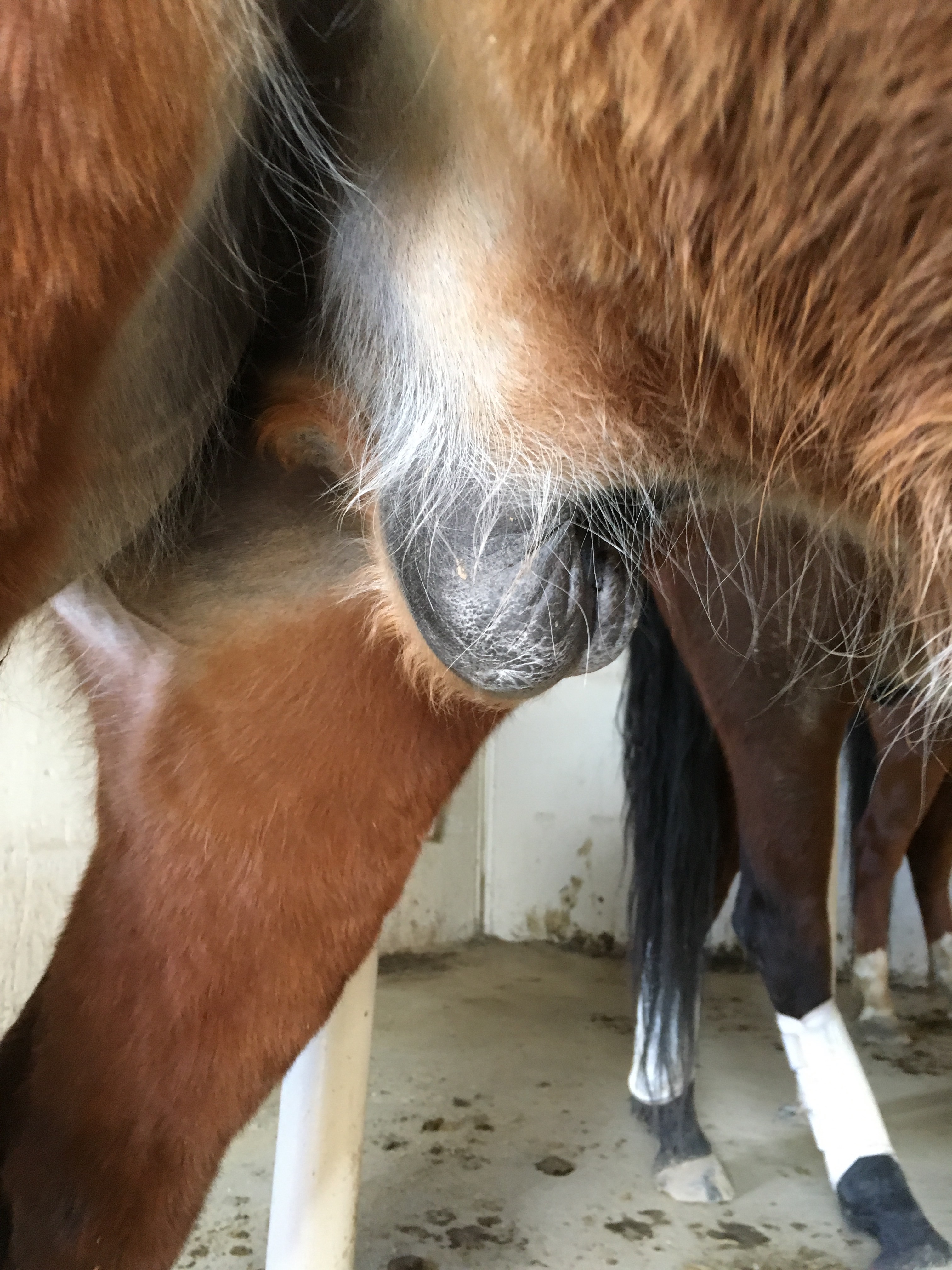


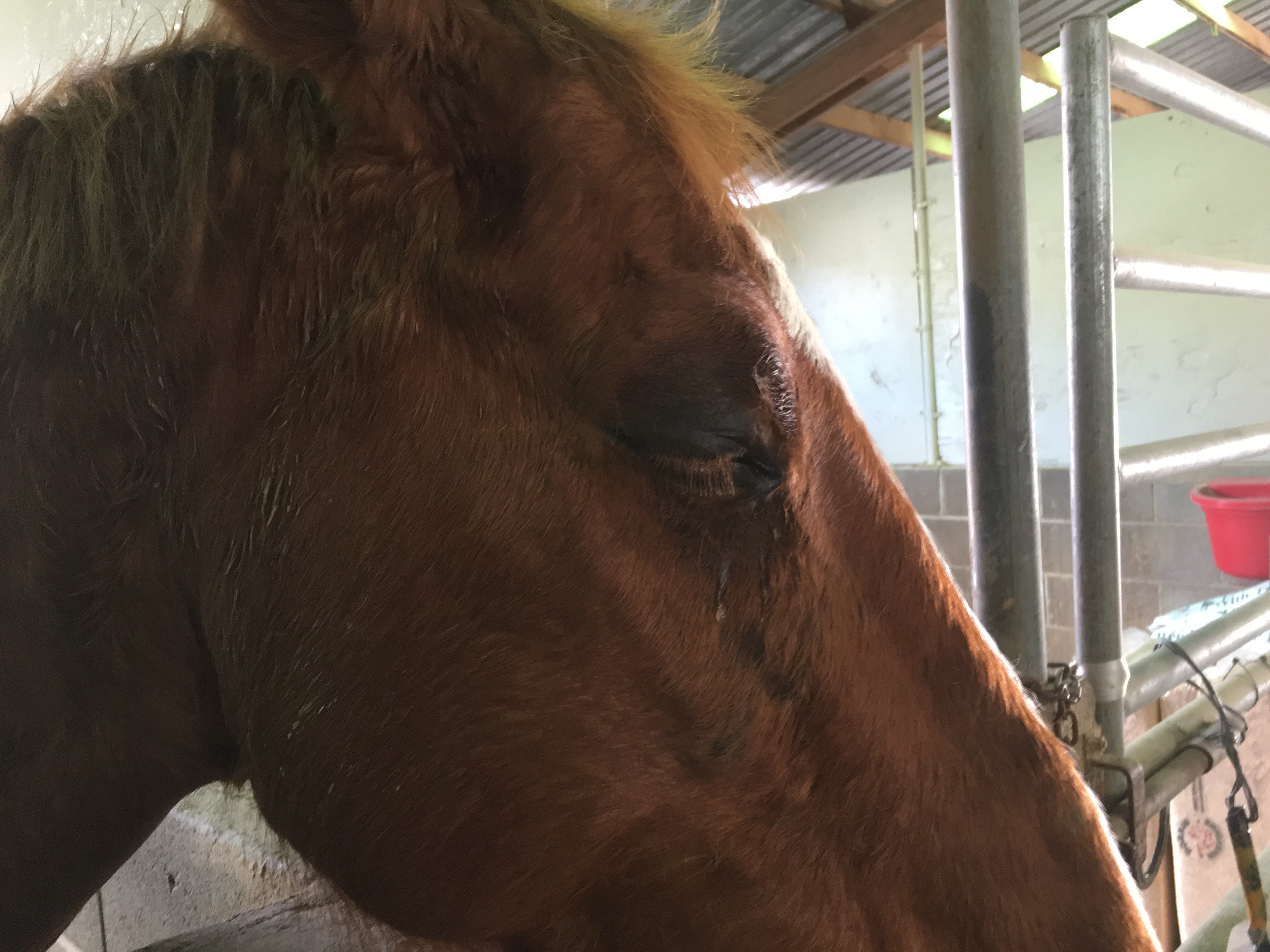

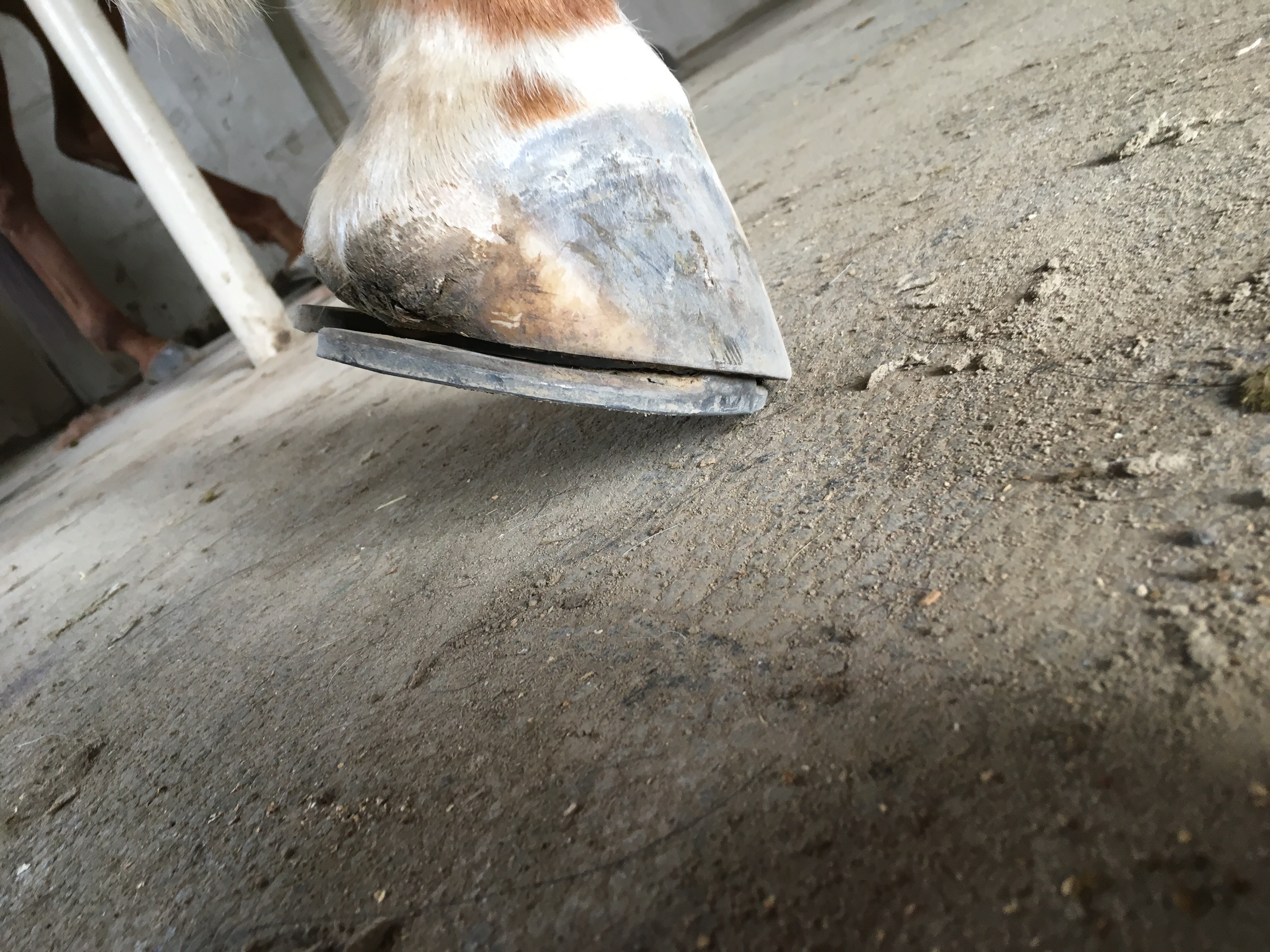

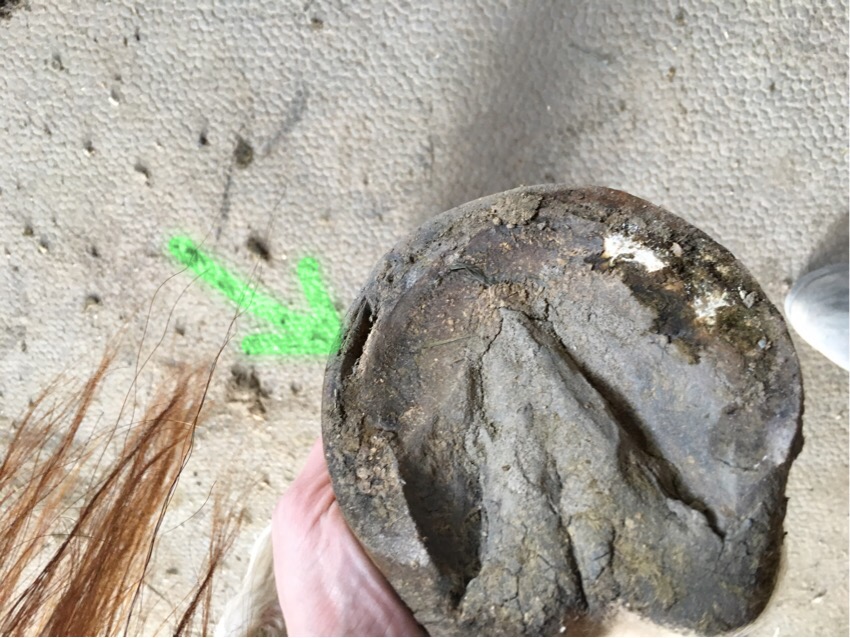 Corny has quite a dent where the clip was sitting.
Corny has quite a dent where the clip was sitting.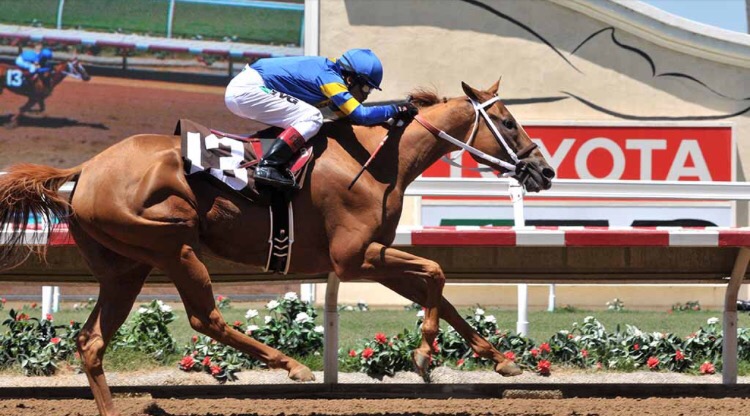
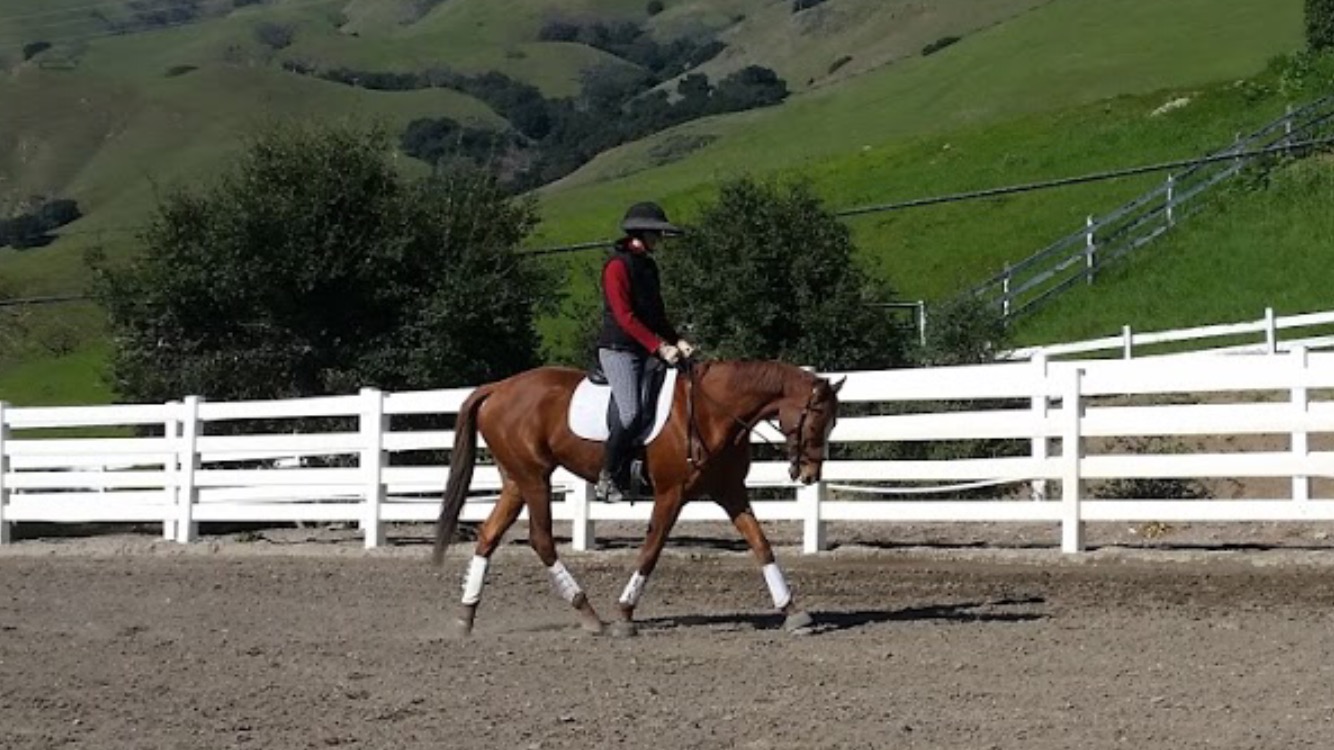
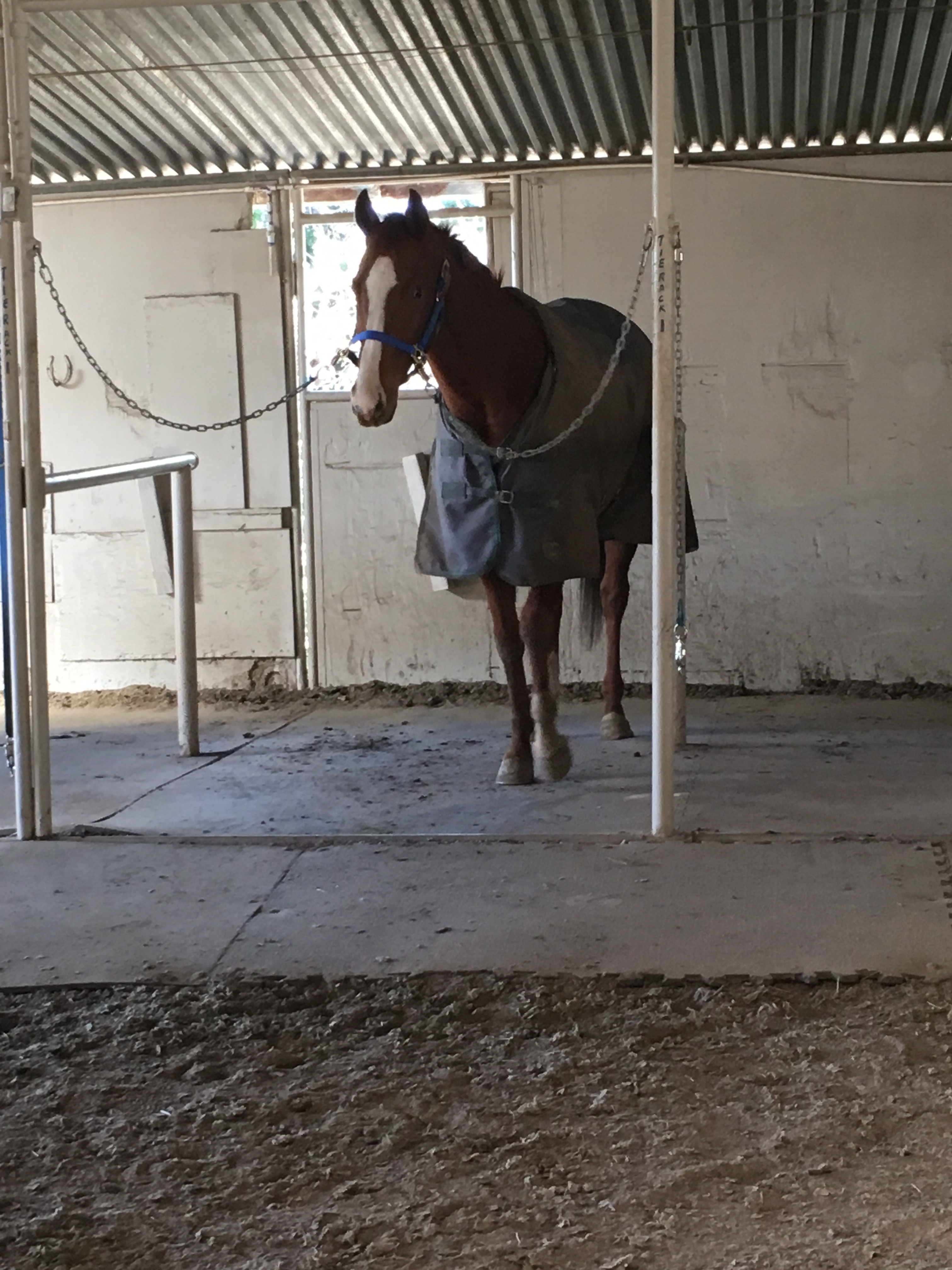
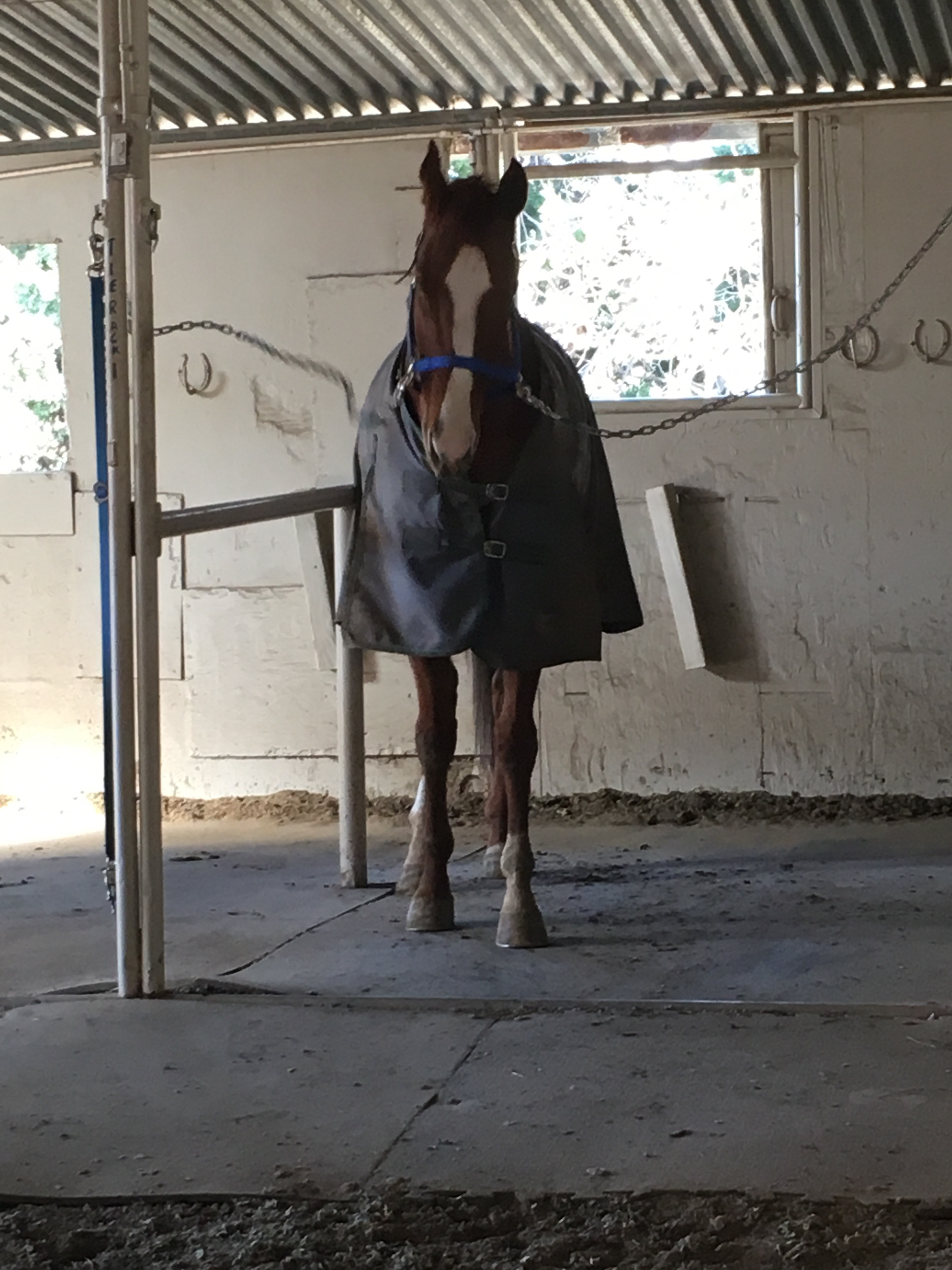 He rattled the chains
He rattled the chains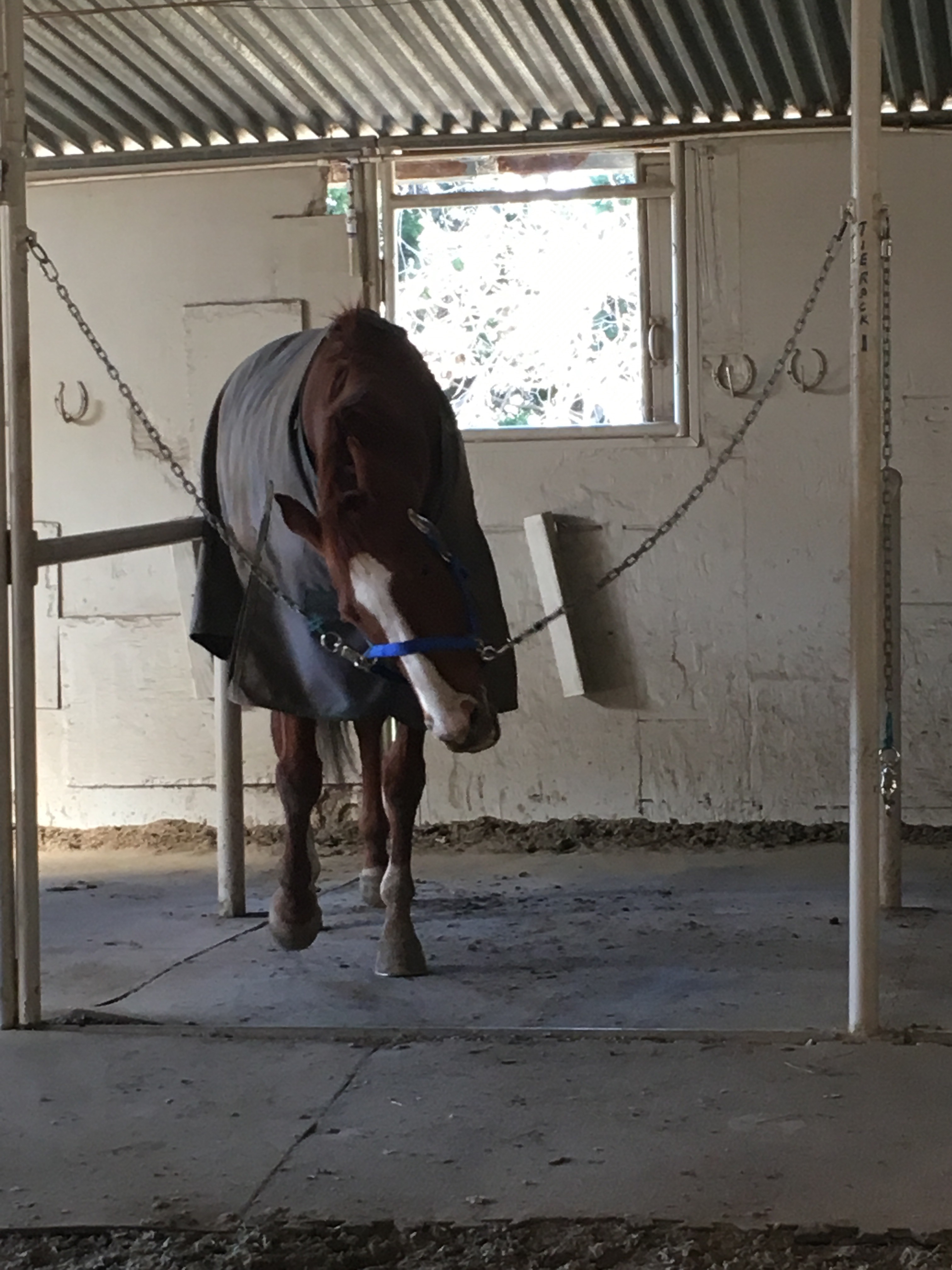 He made faces
He made faces 
